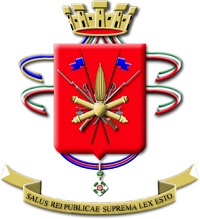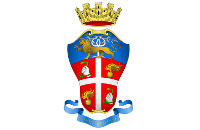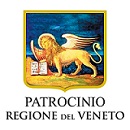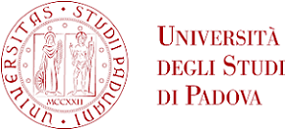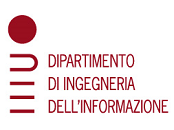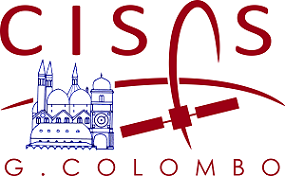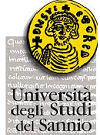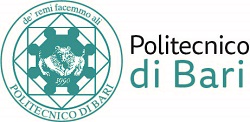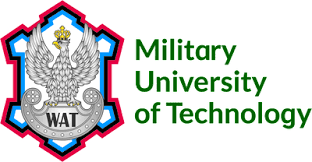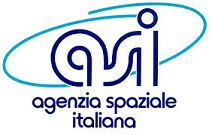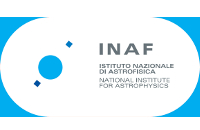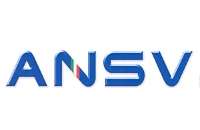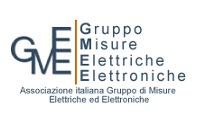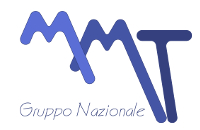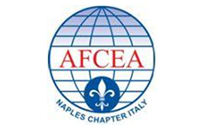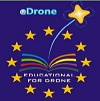 SPECIAL SESSION
SPECIAL SESSION 
 Meteorological Sensors and Sensor Systems for flight support
Meteorological Sensors and Sensor Systems for flight support
CHAIR 
- Paola Mercogliano, Italian Aerospace Research Center - C.I.R.A., Italy;
ABSTRACT
This special session has the main goal to represent the innovative research developed in the framework of the meteorological sensors and systems supporting pilots, watchtower and flight management systems through an increasing awareness of the meteorological conditions during the different phases of the flight (from taxing and take off up to descent and landing). Knowledge of the meteorological conditions includes not only measurements of the present weather conditions and, more specifically measurements of the features of the hazardous meteorological events affecting aerospace vehicles, but also their forecast on different time ranges (from nowcasting to short and medium range).
TOPICS
Authors are expected to provide original contributions in this topic which can cover, but not only, the following aspects:
- Definition and design of sensors, considering all the platform nowadays available (as satellite, radar, on board and in situ) for the measurements of the weather conditions during the different flight phases.
- Implementation of innovative systems, integrating multi-platform data (numerical models for weather prediction and sensors), to optimize flight trajectory and supporting pilot during the different flight phases.
- Implementation of tools with adequate accuracy, permitting the identification, measurements and tracking of aviation hazardous weather conditions.

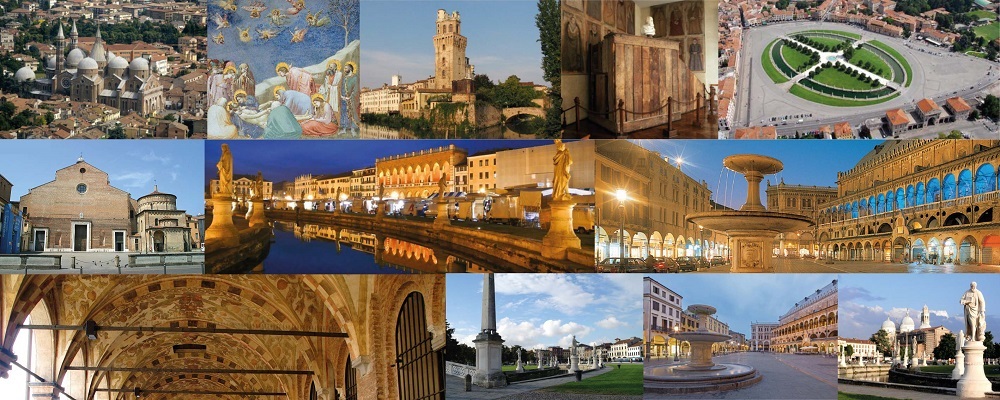
 PROMOTED BY
PROMOTED BY




